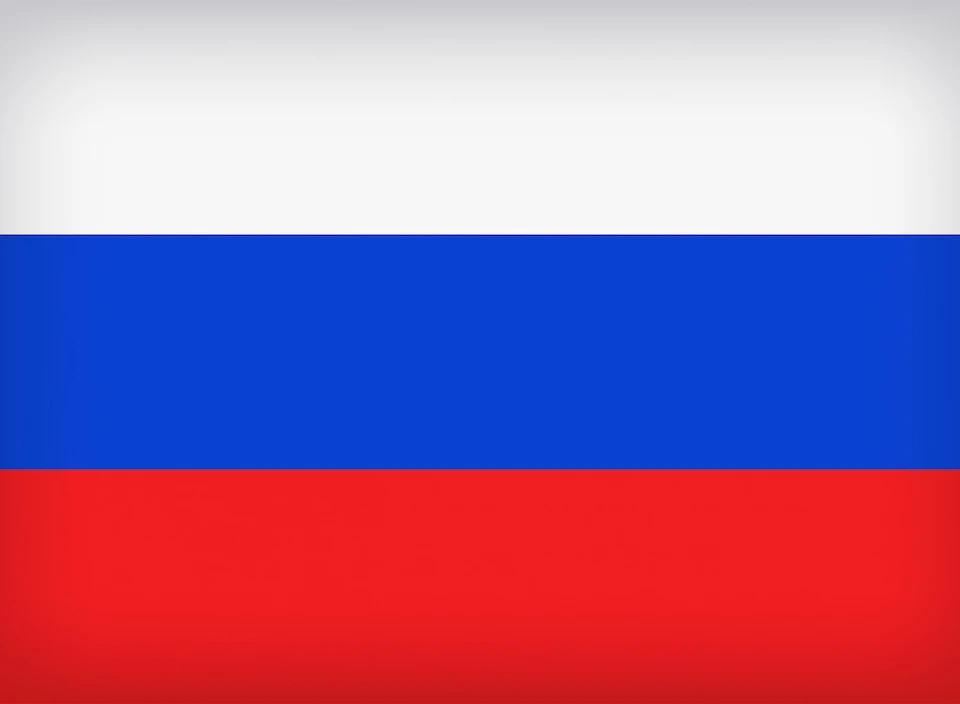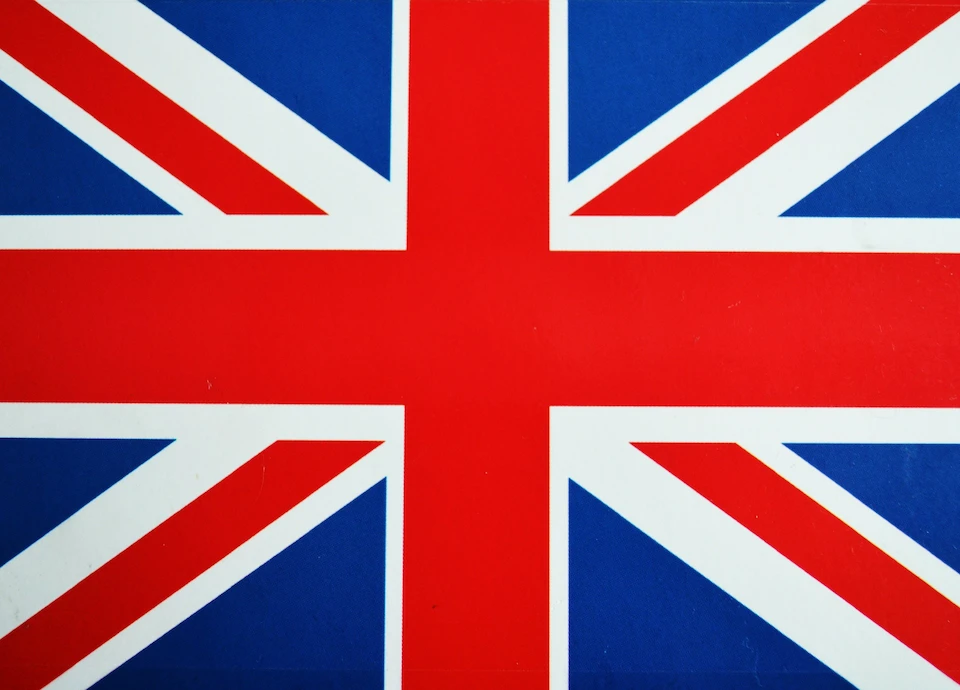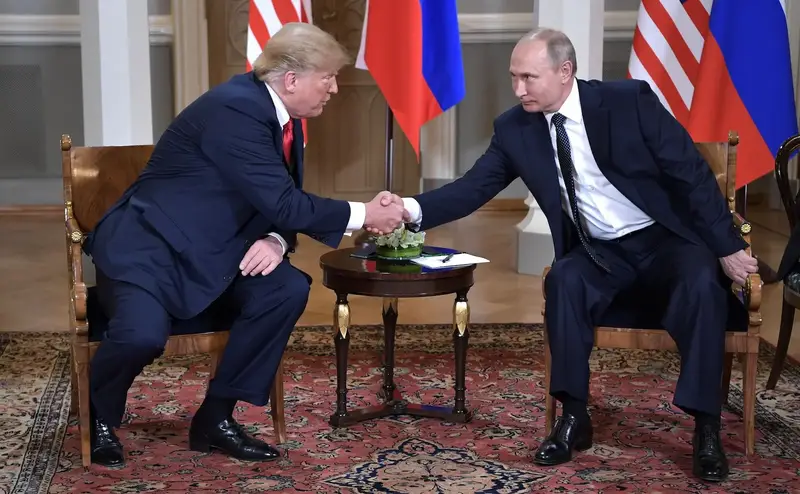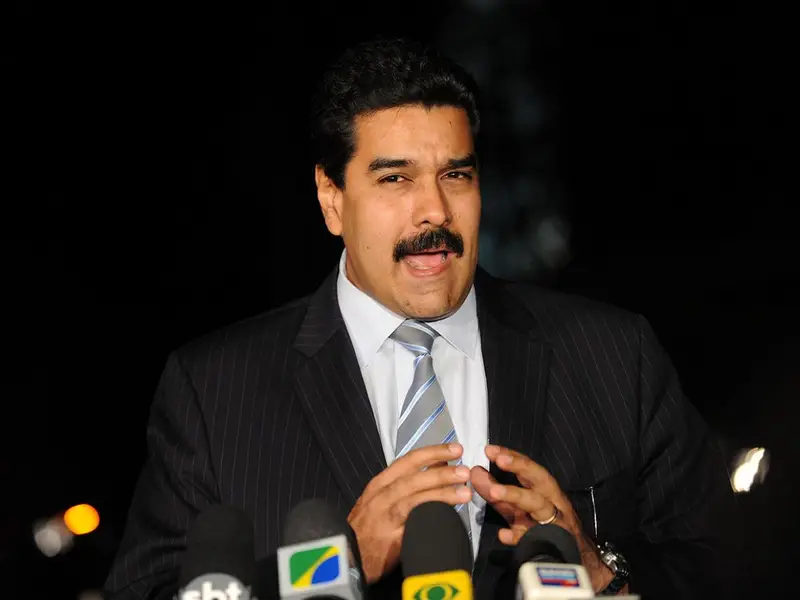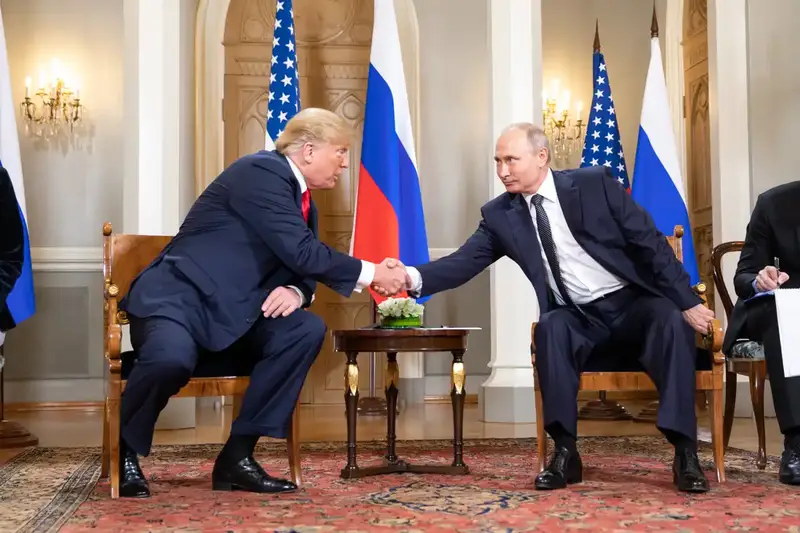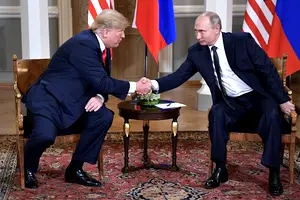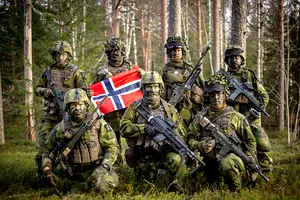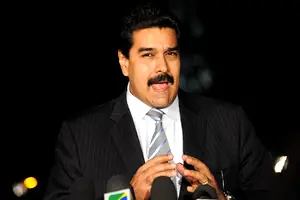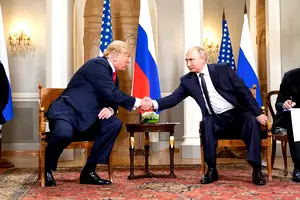The alliance's meeting in Washington, which concluded recently, turned out to be far from a celebration of its 75th anniversary.
The alliance’s meeting in Washington, which concluded recently, turned out to be far from a celebration of its 75th anniversary.
NATO member countries published a final declaration following their three-day (anniversary) summit in Washington (July 9–11). It contains 38 points related to the alliance’s activities and six separate points concerning long-term support for Ukraine.
Let’s focus on the Ukrainian track, as it reveals some sharp corners and hidden pitfalls.
«The future of Ukraine is in NATO. Ukraine is becoming more functionally and politically integrated with the alliance», the document states.
However, as expected, Kiev did not receive a direct invitation to join, settling for a «bridge to membership». The declaration notes that Ukraine is «on an irreversible path to full Euro-Atlantic integration, including NATO membership». No specific timeframe is mentioned again. The previous wording included «someday». Now it is clearer — not «someday», but «irreversibly».
Regarding «Money, Money, Money,» which NATO Secretary General Jens Stoltenberg sang about, the allies did not listen to him. Instead of committing to provide Kiev with €40 billion annually for military needs, they decided to limit themselves to this amount only for 2025. The declaration specifies that during this period, two audits will be conducted, and reports on the expenditure will be provided. After that, they will reassess. Germany, by the way, demanded recognition that it had already committed to providing Ukraine with €8 billion in military aid this year.
Berlin is assuming a risky role as the main «bridge-builder”. It turns out that Ukraine’s path to the bloc will pass through Wiesbaden, Germany (Hesse). A center will be established there to coordinate military aid to Ukraine, staffed by about 700 military personnel from almost all alliance countries (Hungarian Prime Minister Viktor Orban, as always, is opposed) and partners, led by a three-star general. In reality, this is an attempt by Brussels to wrest the «Ramstein format» from the US. It also aims to protect «bridge-building» from the possible return of Donald Trump to the White House, which could cause problems.
A significant dispute arose. Germany blocked the name «NATO Mission for Ukraine» proposed by Brussels out of concern that Russia might interpret it as interference in the war. The compromise — «NATO Security Assistance and Training for Ukraine» (NSATU) — was approved.
A new structure will also be created (its location has not yet been announced) — the NATO-Ukraine Analysis, Training, and Education Center–to learn lessons from the fighting and deepen operational compatibility between Ukraine and the alliance. It seems likely that this too will be located on German soil.
Another statement is made that is justifiably alarming: US Tomahawk cruise missiles and other long-range weapons will be temporarily stationed in the FRG from 2026. SM-6 anti-aircraft missiles and new hypersonic weapons «that have a significantly longer range than current ground-based systems in Europe» are also mentioned in the document. These systems, capable of reaching Russian territory, will be deployed here for the first time since the Cold War. The Germans have really lost their caution…
Now, regarding the specific weapons promised to the Ukrainian Armed Forces.
The White House issued a joint written statement from the leaders of Germany (again!), Italy, the Netherlands, Romania, the US, and Ukraine. It says that as strategic air defense systems, Kiev will receive four additional Patriot anti-aircraft missile systems from the US, Germany, and Romania, components for these systems from the Netherlands and other partners, and one SAMP-T system from Italy. In the coming months, allies also plan to provide tactical air defense means (NASAMS, HAWK, IRIS T-SLM, IRIS T-SLS, and Gepard systems).
The «bird» coalition also made a special statement. The Netherlands and Denmark reported that, with US support, they are «in the process of transferring» American multifunctional fourth-generation F-16 fighters to Ukraine. The first batch «will arrive this summer». Special thanks were extended to Norway and Belgium. The Norwegians intend to deliver six fighters soon, while the Belgians promise their «gift» next year without specifying the number of planes.
Zelensky has been obsessively insisting at all levels that Kiev needs 128 F-16, without explaining this very specific request. In total, according to The New York Times, Kiev may receive 45–50 fighters from the «bird» coalition. The first batch will include only six. According to the publication, only 12 Ukrainian pilots are trained to operate them. If the promised number of aircraft is delivered, a significant part of the F-16 will be based outside of Ukraine (presumably in Romania and Poland) while awaiting new pilots to complete their training.
We can draw some specific conclusions from the Washington summit. All allies (except Orban) and applicants fear a Trump victory in the US. NATO Secretary General Jens Stoltenberg (a Ukrainophile and Russophobe) has almost handed over his post, leaving essentially the transfer of duties to his successor. President Joe Biden endured the three-day marathon without stumbling or falling asleep during any session. German Chancellor Olaf Scholz quietly brought his country to a dangerous threshold, turning it into a NATO outpost for eastern expansion. Former comedian Zelensky begged for a lot but did not achieve the main goal: the «bridge-builders» outlined a path to the tunnel, but the NATO star did not shine brighter for him.
